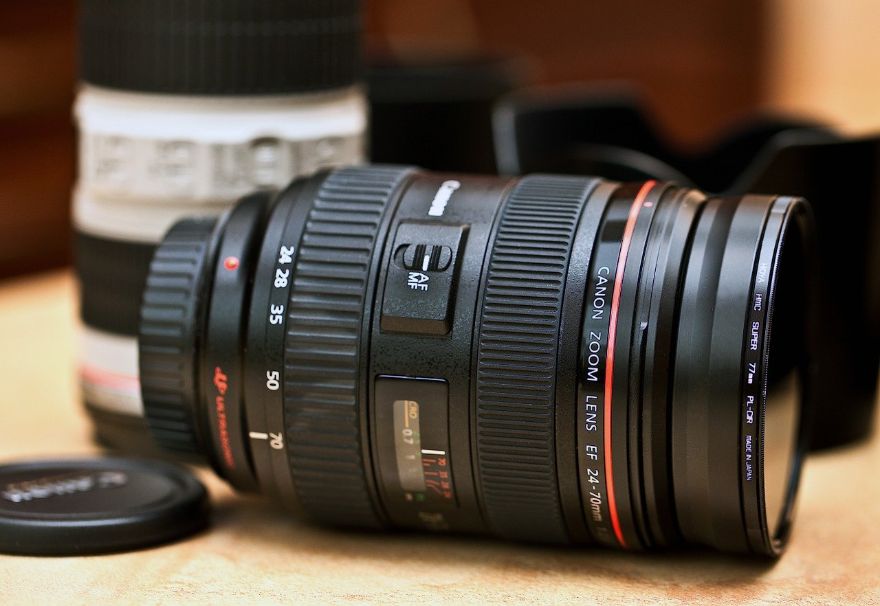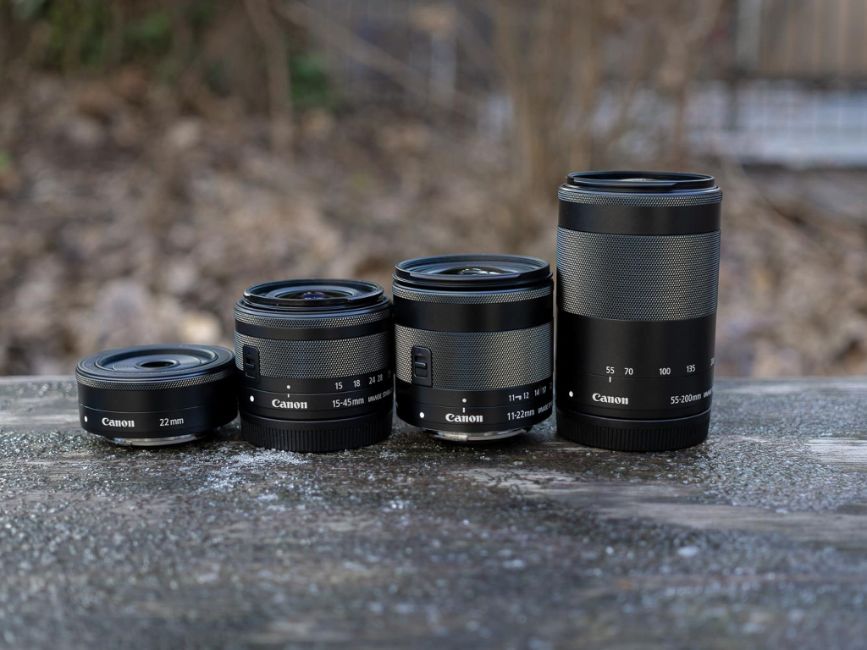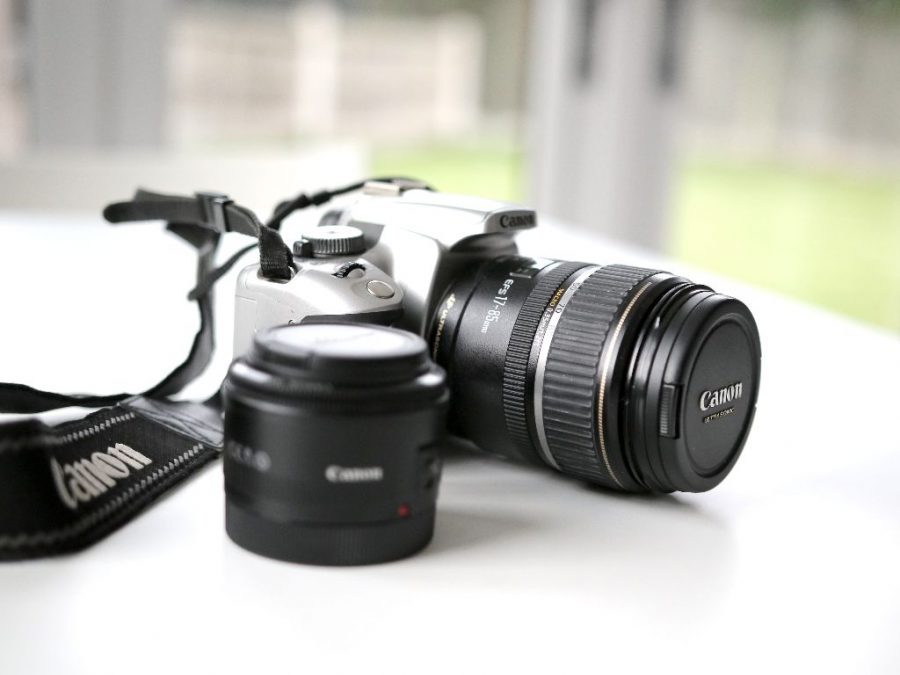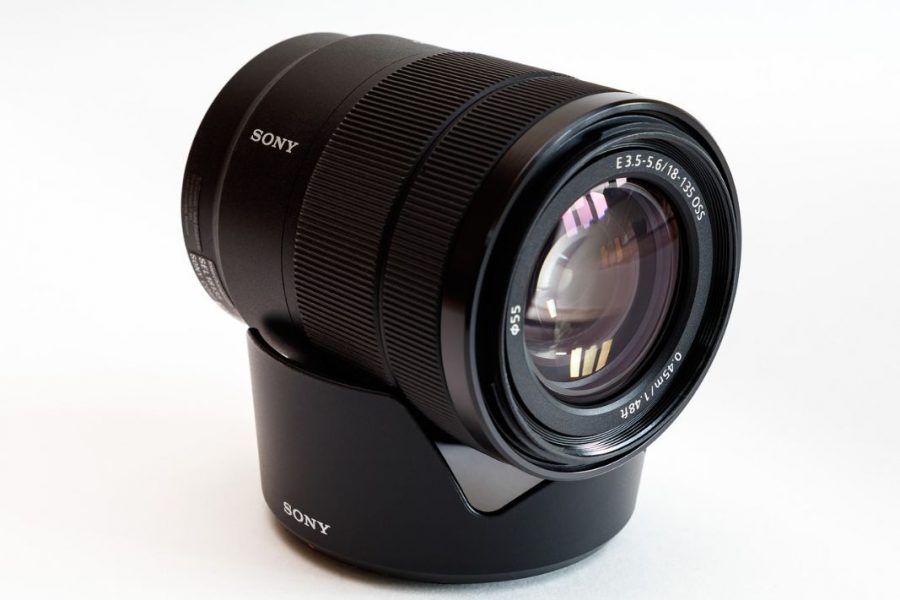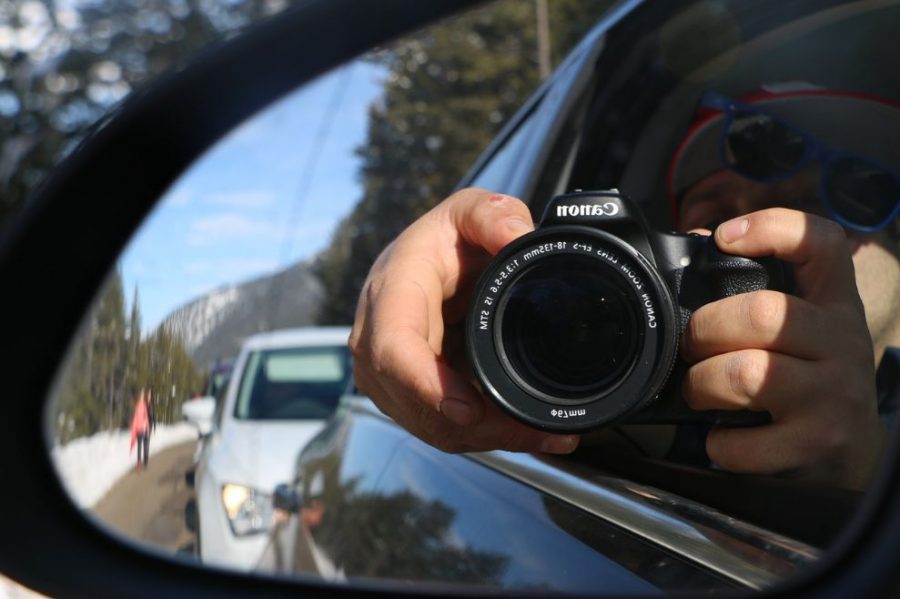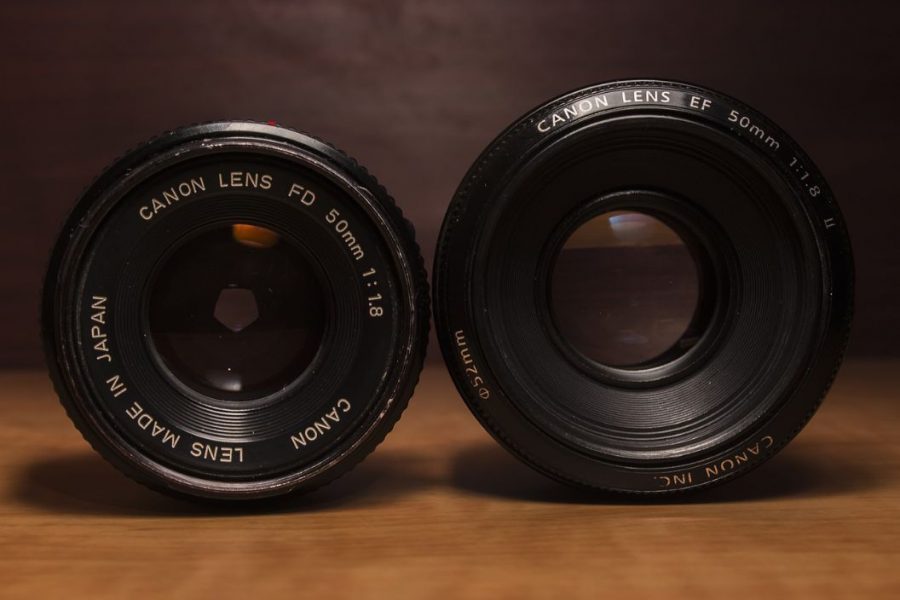Which focal length always comes up as a good all-rounder? Obviously, the 35mm! This lens is very popular for various applications like landscape photography over astrophotography to environmental portraits.
It is one of the greatest choices when only using one prime lens. And this focal length goes well with the Sony alpha series.
The 35 mm lens can be from both Sony themselves and third-party makers. The version you choose can be largely dependent on the subject matter. So, we are as usual here with the amazing 35mm lens for Sony reviews to help you out in the teeming lens market.
Our Top Picked Products at a Glance:
Top Pick: Sigma 35 mm F1.4 Art DG HSM for Sony E
F1.4 is the greatest for 35 mm lens category; 67mm filter diameter; 300mm min. focus distance; good material; excellent rating and review
Runner-Up: Sony SEL35F14Z Distagon T FE 35mm f/1.4
Unspecified material, too much expensive, original Sony lens,
Best Budget: Samyang SYIO35AF-E 35mm f/2.8 Ultra Compact
Costs half of the top pick; not as good performance as f1.4 lenses in low light, Unspecified material, compact, best for traveling
Best Premium: Sigma 35mm F1.2 Art DG DN Lens for Sony E
This has the greatest low light performance, too much expensive, bulky
Best Compact: Sony SEL35F18 35mm f/1.8 Prime Fixed Lens
Compared to f1.8 and f1.4 lenses, this one is compact and lightweight, in-image stabilization.
What Does 35mm Lens Mean?
The millimeter indicates the wideness of the lens. The lens with longer focal lengths is called a telephoto lens. And the ones with shorter focal lenses are called wide-angle lenses. The lower the focal length, the more items you can capture a scene. That means you will get a wider view.
Basically, it is a wide-angle lens. So, it can capture a bigger angle of the scene. Hence, you can attach a teleconverter to increase the focal length. But it has a downside as there should be a massive amount of light source, and the image quality will decrease. A 35 mm lens is quite appropriate for street photography and portrait photography.
What is The Best 35 mm Lens for Sony?
There are quite a ton of factors to finalize, which 35 mm less is amazing for you. The focus speed should be perfect for capturing moving elements. The aperture range should be the standard value, either f/1.4 or f/1.8.
The lens must be robust to encounter various sudden mishaps and be good at chromatic aberration and corner sharpness. It should deliver exemplary images and should be lightweight and portable. Lastly, you need to fulfill your requirements within your budget.
After thorough research and user experience analysis, we have come up with Sigma 35 mm F1.4 Art DG HSM as our greatest pick. It ticks almost all aspects.
However, there are few other amazing 35 mm lenses you can buy for a Sony camera. Check out our full review below.
The Best: Our Honest Review
Top Pick: Sigma 35mm F1.4 Art DG HSM for Sony E
The incredible optics, great sharpness, and sturdy configuration have made it our winner. If you want a prime lens instead of a zoom lens, this is a great deal.
This model offers a fast and whisper-quiet ring-type ultrasonic autofocus system. Again, if you want to enjoy manual focusing, the focus ring enables fine and precise adjustments. The device has a highly-technical optical path with two aspherical components – 1) one FLD (Fluorite-grade Low Dispersion) 2) four SLD (Special Low Dispersion).
This Sigma 35 mm f/1.4 Sony lens delivers a top-notch image quality with fabulous sharpness. It always leads in terms of minimizing color fringing and barrel distortion. The 67mm filter thread is quite rare in this price range.
However, it is compatible with the full-frame or APS-C body. If you love the shallow depth of field, it should be on your list.
👍 Pros:
- Exemplary configuration
- Delivers sharp photos with low fringing
- Offers maximum aperture
- Eligible for lens mount conversion.
- Delivers bokeh effects
👎 Cons:
- Not weather-sealed
- Autofocus is slightly slow.
Runner-Up: Sony SEL35F14Z Distagon T FE 35mm f/1.4
It is a true workhorse in the history of the Sony E mount system. It is the most versatile lens you can buy – from portrait photography to macro photography to astrophotography – it will serve you all way around. This expensive model punches in the image quality.
The focusing ring enables easy and snug grip. In good light, it delivers great autofocus performances and a steady shot. Its close focusing ability is out of the box.
No doubt, it is a sports-oriented lens as it can capture the moving objects quite accurately. The sharpness is impressive. It offers correct distortion for having a large distance between the rear element and the image plane.
This model delivers relatively good chromatic aberration for having 12 elements in 8 groups, including 2 aspherical elements and 1 advanced aspherical element. While stopping down at f/2.8, you can see a lot of modifications. And its 9 rounded aperture blades create beautiful bokeh.
So, why is this our runner’s up?
Undoubtedly this model delivers outstanding color, contrast, and clarity. The image quality is top-notch. But our first pick is too good to ignore. The Sigma 35 mm f/1.4 will deliver similar image quality at a substantially lower cost.
👍 Pros:
- Well-built
- Dust and moisture resistant
- Excellent resistance to flare
- No visible distortion for the automatic lens profile correction
- Sharpness is impressive
👎 Cons:
- The lens breathes significantly
- A hefty price tag.
Best Budget: Samyang SYIO35AF-E 35 mm f/2.8 Ultra Compact
When you don’t want to splurge yet want to have a compact, light, and sharp lens, get this pancake lens. It costs half of our top pick! Don’t overlook its capabilities for its size. This Sony 35 mm lens is an ideal model within a reasonable price for your traveling.
Right off the bet, you will be amazed to see how lightweight and compact this model is. On the APS-C models, it works as a standard lens. On the other hand, on full-frame, it is a light wide-angle.
Though it is not weather-sealed, it works well against dust. This lens can grab the subject pretty well while shooting with a wide autofocus zone in street photography.
It has got the 49mm filter thread, which is a boon for the polariser users. In this price range, Samyang has tried its greatest to minimize chromatic aberration, but not as good as our premium choice.
The 35 mm focal length suits really well with the pancake format in terms of size and ability to offer sharp images.
👍 Pros:
- Compact
- Affordable
- Generally quick autofocus
- The sharpness of the image is quite good
- Impressive optical configuration
- Good image quality
- Lightweight, portable, and suitable for traveling.
👎 Cons:
- Does not work well at low light
Best Premium: Sigma 35mm F1.2 Art DG DN Lens for Sony E
When we have a conversation about a 35 mm lens for Sony, the name Sigma will definitely come again and again on your screen. You will be awestruck to see this 35 mm lens for Sony FE mount.
This sturdy model is one of the significantly largest and heaviest prime lenses for Sony mirrorless cameras. This technical marvel delivers nice bokeh effects and no distortion.
The complex optical formula has 17 elements in 12 groups. It comes with three special low dispersion and three aspherical elements.
The aperture de-click switch aids the videographers for smooth ramp exposure up or down without noticeable steps.
Finally, the 11 iris blades offer rounder and natural blur. If we talk about sharpness, it could not get better. This model can resolve over 50 million pixels. It offers Hyper Sonic Motor for accurate auto-focusing and a fly-by-wire system for manual focusing.
👍 Pros:
- Exceptional sharpness
- Nice bokeh effect
- Outstanding optics
- Aperture de-click switch
- High brightness and handles flare really well.
- Quite less chromatic aberration
- The focusing ring is generously ridged and wide for easy hold.
👎 Cons:
- A hefty price tag
- Little bit heavy
Best Compact: Sony SEL35F18 35 mm f/1.8 Prime Fixed Lens
This Sony FE 35 mm f/1.8 lens is the greatest combination of a wide aperture and image stabilization. This prime lens will be the advantagous for novice photographers to hone their craft. The wide aperture allows you to shoot in dim situations like theaters, concerts, outdoors at night by letting in a lot of light.
The wide aperture also enables a blurry background to produce a wonderful, creamy, out-of-focus area. This appearance is known as ‘bokeh’ which draws attention to the subject. It focuses quite quickly in any situation.
The built-in image stabilization allows you to capture at two or three times slower shutter speed than normal. So, you don’t have to worry about camera shake. It is also the greatest wide angle lens for sony a7iii.
👍 Pros:
- Very sharp, wide open
- Fast-focusing
- Sturdy built-quality
- Balances nicely
- Affordable
👎 Cons:
- Limited weather sealing
What Should You Look For When Buying 35mm Lens For Sony?
Before taking a look at the 35 mm lens for Sony in the market, make sure that your lens comes with several important features. We will help you to know which features you need to consider to get the most amazing one yet.
Aperture range:
When it comes to buying the 35mm lens, the aperture is one of the determining factors of a camera. So, what is an aperture? It is the size of the opening of a less through which the light enters and impacts the perfect image quality. It controls everything from the depth of view, sharpness as well the bokeh.
The aperture is measured by f-stops. So, if your camera has a low aperture value, it will give you the greatest image with faster snaps. Usually, an aperture like f/2.8 is considered better for a great picture. f/4 is too slow with less quality.
On the other hand, f/1.4 is one of the fastest ones out there. The Prime lenses used for Sony have an aperture of f/1.4.
Build quality:
Build quality is a vital feature when it comes to lenses. Usually, they are either made of metal or plastic. In the case of metal, it might be heavier but is more durable compared to plastic. It should be durable enough to withstand minor mishaps from time to time.
You must also make sure that you have a solid grip on it. The lens must also come with a weather sealing to protect it from moisture.
Min focus distance:
The focal length of a lens is one of the most important features of a lens. It is the distance from the center of your lens to the sensor where the object is in focus. The focus distance is measured in millimeters.
Here, before you take a photo, you must keep in mind that if the length of the focus is low, the shot will be wider. On the contrary, if the distance is more, the zoom will be longer.
A wide-angle focal length is more preferred because it can cover with a wider angle. The 35 mm focal length is one of the best in this case. So, if you want to get the most amazing quality image with a wider frame, then this is the one for you.
Angle of view:
If you need to get an idea of the angle of view a 35 mm lens can provide, let us remind you that the human eye is more of a 50mm lens camera. While the human eye might cover wide ranges but the 35 mm lens does not have a too wide or too long-range.
It is perfect for capturing a high-quality photo with a professional edge. It provides you with a slightly different view than the usual. It does not restrict you within the mediocre and provides more options with a shallow depth of view.
Weight and Size:
The 35 mm f/2.8 lens is more compact than the nifty fifties. If you are looking for a lens with a larger aperture, the size will increase overall. The current crop factor f/1.4 lenses are longer and heavier, but they are not so heavy in size that it might get become hard for you to carry. It is quite lightweight and portable comparatively.
Price :
Usually, a 35 mm lens comes at a high price point from $150 to $1500 than the other lenses used for a camera. There are also some in this category that is more expensive than the rest.
If you are a great photographer with a tight budget, you can even buy a $50 lens and shoot with it. But, when you lack the skills, even the lens will not be perfect for you. So, before you come to buy any product, make sure that it is worth the value.
Why Are Sony Lenses So Expensive?
This is not necessarily true for all. However, you may find some of them expensive.
Basically, some of the Sony lenses are made for specific work purposes. So, most of the professional photographers don’t mind to spend behind them.
Like, the G master has autofocus, high-resolution optics, and focal length that are commonly used for professional work. They offer high resolution so that you get excellent sharpness from corner to corner and higher image quality.
Some of the customers complain about their lower speed. But lens speed is not the metric to determine their quality. However, Sony also has brand value. So, their demand is always high. This can also be a reason for this excessive price.
Frequently Asked Questions (FAQs)
Why Do I Need A 35mm Lens?
When you want a good lens for street photography to capture the definite moment, a prime lens is the order of the day. And the 35 mm lens is the one that can closely mimic the human vision. This wide-angle will comfortably allow you to get what you want in the frame yet deliver a natural perspective too.
Is 35mm lens better than 50mm?
It really depends. A 35 mm lens can provide a wider view of any scene. So it’s a great one to carry while traveling and street photography. However, if you want to do portrait photography with better bokeh, 50 mm will be better for you. A 35 mm lens is also more expensive
Verdict
Did you grab your 35 mm lens for sonny? 35 mm focal length is greatest for stomping the streets waiting to capture that decisive moment. Share with us which type of camera is your genre.
Happy clicking!






